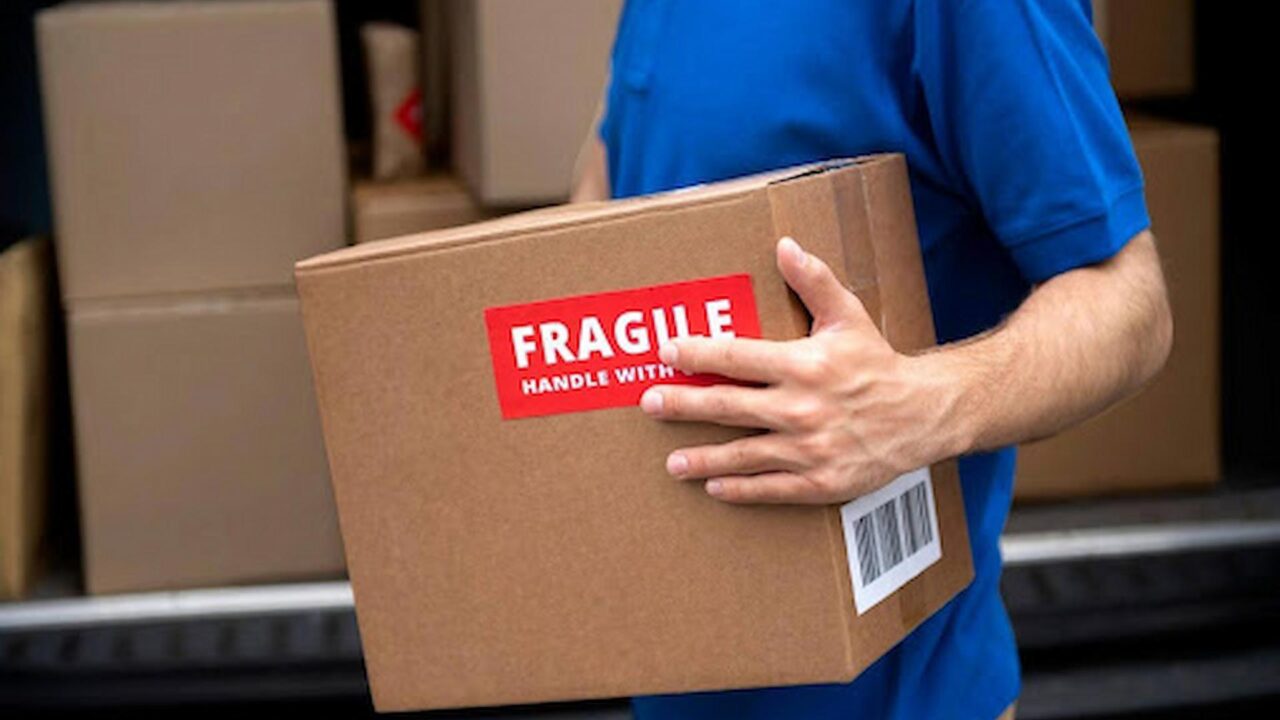
In the past, over-the-top (OTT) platforms such as Netflix and Amazon Prime have relied on digital rights management (DRM) technologies to prevent users from illegally downloading premium video material. In order to avoid piracy, it enables OTT platforms to monitor users, make use of encryption in the AES format, and separate video files into content-specific blocks. However, the ecosystem supporting piracy has evolved over time, and despite the best efforts of those involved, some premium HD content continues to be pirated and used by unauthorised individuals.
Hackers take advantage of the digital-analog duality that is present in a DRM video protection system, particularly at the client end, which is where each piece of video content needs to be encrypted and displayed as an analogue signal in order to be played back. Hackers try to intercept this uninterrupted stream of data by inserting complex code at this point in order to get access.
The prospect of losing millions of dollars in revenue on their high-priced and professionally produced cinematic content has caused major Hollywood studios to express alarm about this development. The DRM industry has attempted to close this security flaw by incorporating video watermarking, which is yet another tool added to their arsenal of security measures. This is an advanced feature that embeds sets of non-intrusive characters or codes into video frames. These characters or codes are not identifiable with simple recording software, nor are they visible to the human eye.
The process of forensic watermarking includes the following four steps: (a) a message that contains copyright or ownership information and that is embedded in (b) the host signal or video frame in conjunction with (c) a secret watermarking key in order to create (d) a watermarked video frame; (b) the host signal or video frame; (c) a secret watermarking key; (d) a watermarked video frame; a) a message that Even if the combinations of frames from the original video file are subjected to changes in resolution, transcoding, copying, or distribution, the copyright message should be able to remain intact throughout the entire life-cycle of the video frame in a robust forensic watermarking framework. This is essential for protecting intellectual property.
The majority of major Hollywood studios anticipate that OTT platforms will not only implement multi-DRM features to control piracy but also provide a robust forensic-watermarking option on top of that. This will allow the major studios’ anti-piracy teams to easily identify how and from which users their premium content is leaked. Popular multi-DRM SaaS suppliers therefore integrate the multi-DRM video protection functionality with the possibility to use forensic watermarking in a single workflow to assist OTT platforms in meeting the requirements outlined by Hollywood studios.





